The Stimulating Nature of Cocaine
Cocaine, classified as a stimulant, enhances mood and produces a sense of euphoria. However, cocaine affects dopamine, a natural chemical your brain makes. It affects feelings of pleasure and movement, which in turn leads to withdrawal. The brain typically retakes the chemical back into the needed cell, which stops communication to the affected cells.
Cocaine disrupts how dopamine works. The brain cannot prevent the recycling of it, so too much accumulates in more than one nerve cell. This means that the cells cannot communicate or behave in their intended manner. A person with a substance use disorder then sees cocaine as a reward, which makes the brain want more.
Cocaine Withdrawal and the Psychological Connection
Medications like benzodiazepines, opioids like heroin or oxycodone, and alcohol produce different withdrawal systems than cocaine. Cocaine typically induces psychological issues rather than physical ones, though everyone may feel withdrawal effects differently. Some of the common cocaine withdrawal symptoms include difficulty concentrating, slowed thinking, and restlessness.
What is Cocaine Withdrawal?
With any addiction treatment, the goal is to stabilize the patient, make withdrawal more comfortable, and get the brain and body to communicate with each other. Cocaine treatment works along the same lines, but the characteristics of the drug make it necessary to handle things somewhat differently than treatment for other substances.
The first step involves getting any remnants of the drug out of the body and then working on stabilizing withdrawal symptoms. After that, patients move into the final stages of treatment. While treatment facilities like Granite Recovery Centers in New Hampshire continue to monitor withdrawal, counselors will also work to address any underlying mental health conditions and use various counseling measures to address the root causes of addiction.
Cocaine Withdrawal Timeline and Relation to Half-Life
The most intense withdrawal symptoms for cocaine typically last for one to two weeks. However, timelines may shift depending on the dosage used, method of delivery, usage frequency, dependence, and any underlying mental health condition. While symptoms dissipate in a shorter time frame compared to other drugs, cocaine cravings may return years after the final dose.
When estimating a timeline for easing withdrawal symptoms, medical professionals look at the half-life of the drug. This means how long half the drug stays in your body. Bodies eliminate shorter half-life medications quicker than longer lasting ones. However, body type plays a role, too. Individuals with less body fat may get rid of medication quicker because drugs accumulate within fat cells. Additionally, since the liver breaks down cocaine, those with liver disease, may take longer to eliminate the substance.
Because of how quickly the drug metabolizes in liver and plasma enzymes, cocaine has one of the shortest half-lives. Research has shown the drug’s half-life to be as brief as 30-90 minutes. This means that your body quickly eliminates half of what you took, and you would need to take more to sustain a euphoric feeling. The constant need for more of the drug leads to dependence and, ultimately, a period of withdrawal once someone stops using cocaine.
Medicines Used for Cocaine Withdrawal
Treating cocaine addiction varies because the FDA has not approved any protocols related to medications used during withdrawal. Despite that, certain medications may be used off-label. Helpful medications include:
Clonidine: This remains a popular choice for withdrawal from drugs ranging from opioids to antidepressants and alcohol. An older blood pressure medication, clonidine comes in pill form or in three different strengths as a transdermal patch. A patch provides the daily dose in a steady manner for seven days. It also treats anxiety by lowering blood pressure. Clonidine has been shown to reduce cocaine cravings.
Disulfiram: Commonly known as the brand name Antabuse, disulfiram is an older medication primarily used for alcohol withdrawal. It creates negative symptoms like vomiting if patients drink while on the drug. While still in the investigation stage, scientists think it stops an enzyme that converts dopamine to norephedrine, a neurotransmitter that controls moods and arousal.
People who suffer from depression often have chemical imbalances related to norephedrine and serotonin. Scientists acknowledge that it may not work for everyone, but that shows why treatment centers need various options; all people have different tolerance levels and respond uniquely to medications.
Topiramate: This medication treats seizures. Withdrawal from heavy cocaine use may cause seizures in some people if not carefully monitored.
A Multifaceted Approach by Granite Recovery Centers in New Hampshire
All Granite Recovery Centers in New Hampshire use a multifaceted approach to substance use disorders. The approach combines evidence-based addiction and mental health therapies in conjunction with holistic treatment options such as yoga and meditation. Granite Recovery Centers provides medical detoxification for people who do not need immediate medical intervention, are not a danger to themselves, and are capable of self-evacuation in the event of an emergency.
Secluded Treatment Center in Effingham
Green Mountain Treatment Center offers residential drug rehab programs for adults 18 and up. This secluded facility, like our other locations at Granite Recovery Centers, provides evidence-based treatment choices such as the 12-step program. Therapies also help patients discover the root problem of their addictions.
Residential Treatment in Canterbury
For those closer to Canterbury, we also run New Freedom Academy. New Freedom Academy, classified as a primary residential assisted addiction treatment center, is a good choice for those who prefer a lower client-to-staff ratio; the facility is limited to 20 beds.
Just like Green Mountain Treatment Center, New Freedom Academy encourages patients to engage in psychotherapy support. This includes:
Group therapy: Establishing shared experiences with others who have gone through drug addiction or dependence creates a bond. Through this therapy type, patients learn from their peers. Additionally, many people with a substance use disorder try to hide their addiction. They need to deal with overcoming isolation. The feedback received and the dialogue between the group members helps participants learn to better communicate. Plus, patients gain additional tips to help maintain sobriety.
Dialectical behavior therapy (DBT): DBT helps people understand how to control and cope with emotions that cause engagement in risky behaviors.
Trauma therapy: Whether from serving in combat or going through a difficult relationship, many people have undergone traumatic events. Not everyone deals with what happened right away, and some try to move on without taking the time to process the trauma. Confronting unpleasant events helps people deal with those experiences and learn how to finally process complex emotions without feeling shame or embarrassment.
Post-Inpatient Therapy and Continuing Aftercare Options
After completing the medical detox and recommended therapy at facilities like New Freedom Academy or Green Mountain Treatment Center, the work does not end there. Your clinician will discuss your aftercare options before discharge.
If going home does not provide a safe space, a sober-living facility offers the opportunity to continue to live with peers who have similar experiences. Because this option provides structure and rules to follow, it better equips people when they need to return to their everyday lives. Additionally, your counselor will encourage attending Narcotics Anonymous meetings so that you can continue to work through the 12 steps.
Stick With Outpatient Counseling After Withdrawal Treatment
Whether you return home or to a sober-living house, recovery continues by attending meetings and engaging in outpatient counseling. While New Freedom Academy and Green Mountain Treatment Center provide the tools and a framework, cocaine cravings may return at any point. Therefore, patients should understand that counseling and peer support remain some of the best tools to stay on the path to recovery.



